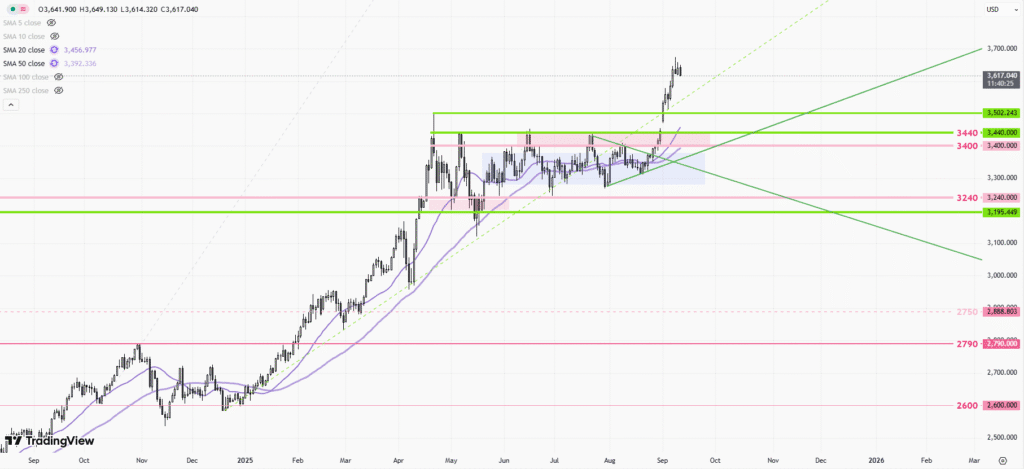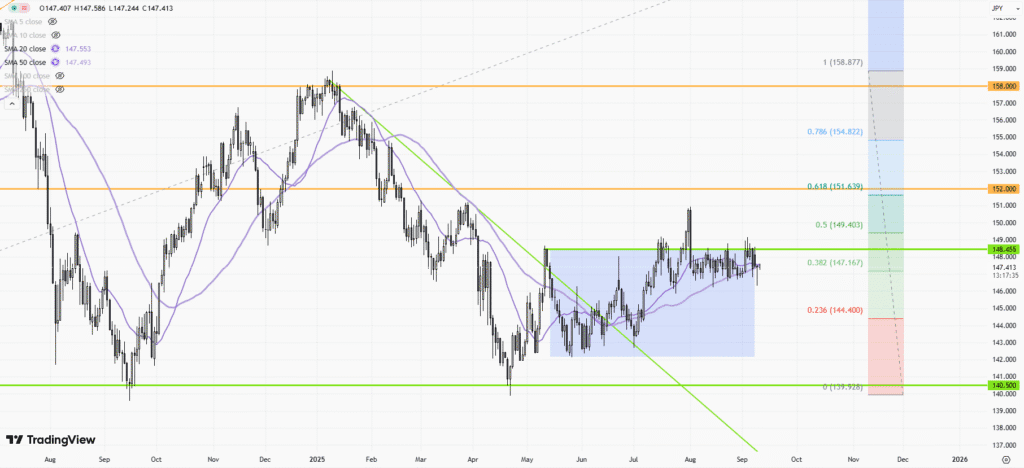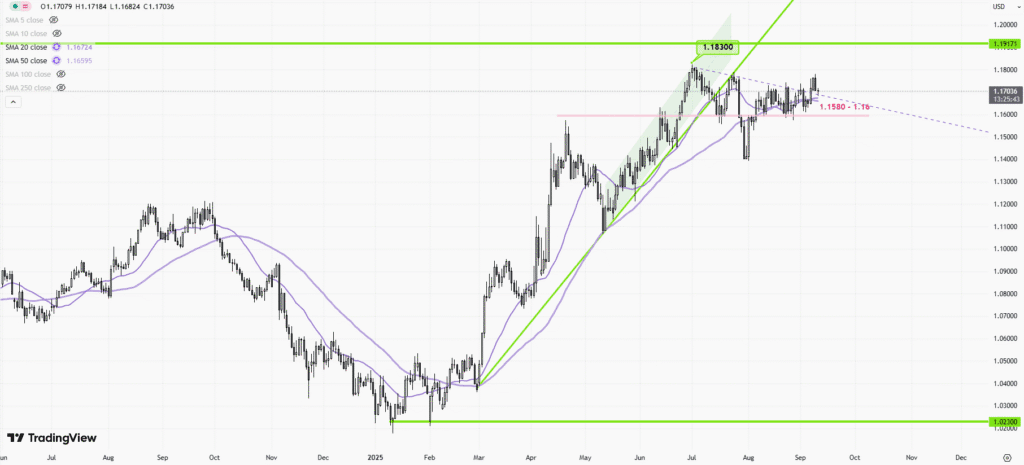 |
| Gold V.1.3.1 signal Telegram Channel (English) |

Why a Fed Rate Cut Could Undermine Big Tech’s Growth and Valuation
2025-08-13 @ 03:00
Why a Fed Rate Cut Might Be Bad News for Big Tech
Investors often cheer when the Federal Reserve hints at cutting interest rates. Lower rates usually mean cheaper capital, higher risk appetite, and a tailwind for growth stocks. But this cycle carries a twist: a rate cut born from economic cooling could spell trouble for Big Tech’s premium valuations and earnings expectations.
Here’s why.
Big Tech thrives on growth—especially long-dated growth. When rates fall for the “good” reasons (disinflation with still-solid growth), the present value of future profits rises and investors reward companies with long runways. But when rate cuts arrive because the economy is weakening, the narrative flips. A softer economy can dent enterprise IT budgets, advertising spend, and consumer device upgrades—the very cash flows that justify tech’s lofty multiples. If revenue growth slows at the same time multiples compress or stall, Big Tech’s risk-reward worsens.
The market has also grown unusually concentrated. A handful of mega-cap names have driven a disproportionate share of index returns. Concentration works wonderfully on the way up; it cuts both ways on the way down. If a few leaders miss on growth or margin guidance as the economy cools, the impact on benchmarks—and on sentiment—could be outsized.
AI is a wild card that cuts across this debate. On one hand, AI demand has underpinned massive capex cycles in chips, data centers, and cloud infrastructure. On the other, that spending is front-loaded, margins are cyclical, and customer monetization timelines are still normalizing. If rate cuts are paired with slower end-market demand, investors may reassess how quickly AI investments convert into durable earnings. A small downgrade in growth assumptions can have a large effect on valuation for already-expensive leaders.
Cost of capital dynamics are also changing in subtler ways. Yes, lower policy rates reduce financing costs. But if the yield curve steepens or credit spreads widen into a slowdown, corporate funding can still get tighter on a relative basis. For platform companies reliant on aggressive buybacks to support EPS growth, a weaker macro or higher equity risk premium can dilute the benefit of lower short rates. Meanwhile, sectors that lagged during the “higher for longer” period—like defensives, select financials, or income-oriented equities—could become more competitive alternatives if investors shift toward quality, dividends, or recession resilience.
Valuation discipline matters most when narratives are crowded. Many Big Tech names already price in robust multi-year growth, elevated margins, and continued ecosystem dominance. If rate cuts are interpreted as a signal that the expansion is tiring, investors may rotate from high-duration winners to cash flow today—favoring companies with visible demand, pricing power, and balance-sheet strength. That kind of rotation doesn’t require a crisis to hurt: even small multiple re-ratings can drag returns when starting valuations are rich.
What to watch next:
- Guidance, not just beats. Forward revenue growth, backlog color, and capex efficiency will drive stock reactions more than backward-looking results.
- Enterprise and ad spend indicators. CIO surveys, cloud consumption trends, digital ad pricing, and SMB health are leading clues for Big Tech demand.
-
Margins under pressure. Wage dynamics, infrastructure costs, and mix shifts (hardware vs. services; training vs. inference) will influence operating leverage.
-
Capital returns vs. reinvestment. In a slower macro, investors may prefer discipline over “growth at any cost,” rewarding firms that balance buybacks and dividends with high-ROIC projects.
-
Market breadth. If leadership broadens beyond mega-cap tech, that’s a sign investors are positioning for a different phase of the cycle.
How to position without overreacting:
- Rebalance concentration risk. Trim single-name exposure where valuations embed perfection; consider equal-weight or factor tilts to reduce dependence on a few leaders.
-
Emphasize quality growth. Within tech, favor durable cash flows, strong balance sheets, and pricing power over purely speculative growth.
-
Diversify by macro sensitivity. Blend cyclicals that benefit from easing financial conditions with defensives that hold up if growth softens.
-
Focus on earnings resilience. Stress-test holdings for slower top-line growth and modest multiple compression; prioritize firms that can protect margins.
Rate cuts are not inherently bearish for Big Tech—but the “why” behind the cuts matters. If the Fed is easing into a cooling economy, even the strongest franchises can face slower demand and a tougher valuation setup. In that environment, process beats prediction: manage concentration, prize cash generation, and let fundamentals—not narratives—drive your tech exposure.








